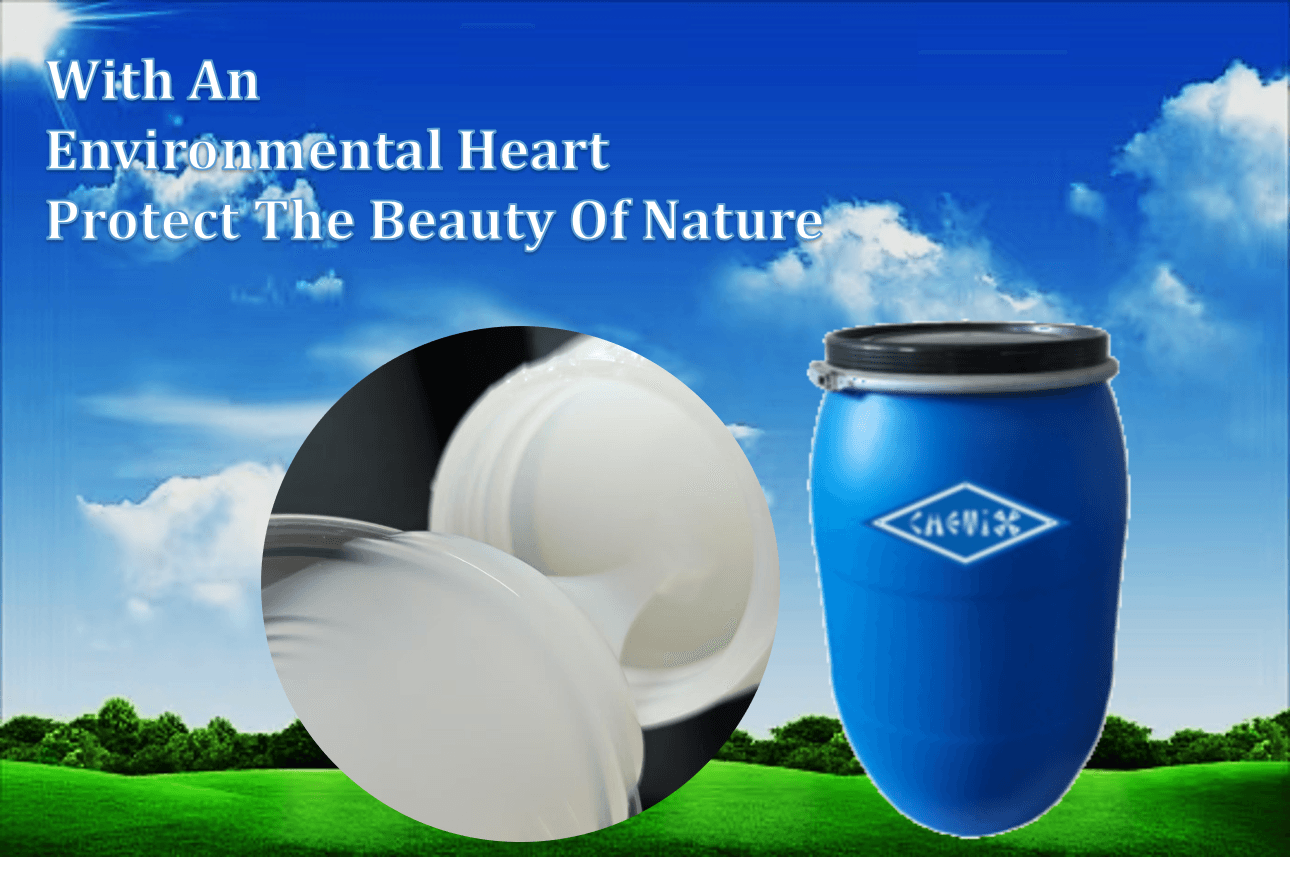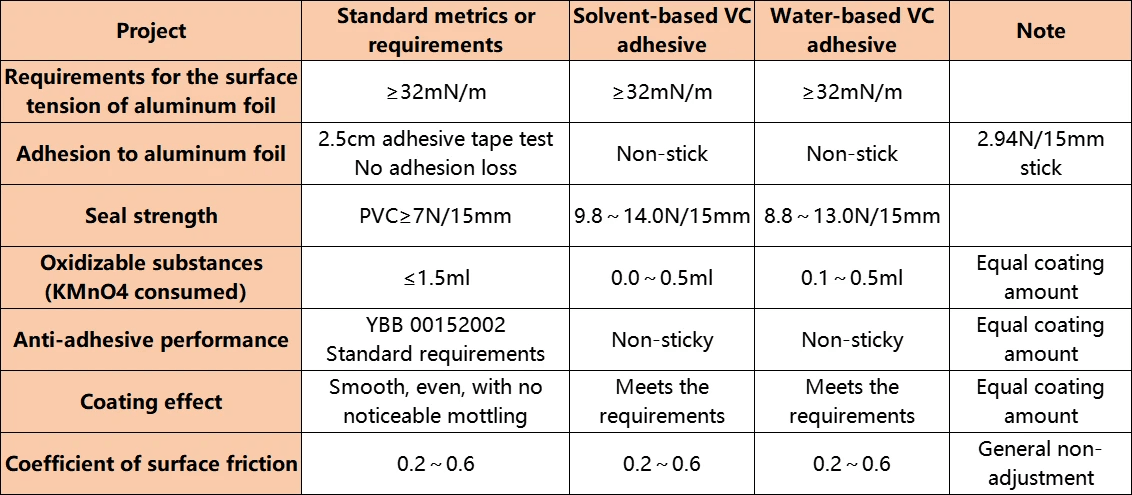Introduction

In the world of adhesives, understanding the role of a bonding agent is crucial for achieving optimal results in various applications. A bonding agent serves as a crucial intermediary that enhances adhesion between surfaces, ensuring durability and strength in everything from construction projects to artistic endeavors. With the right bonding agent, you can elevate your work and meet specific needs with confidence.
Understanding the Role of a Bonding Agent
So, what is a bonding agent? At its core, a bonding agent is a substance that promotes adhesion between two or more materials. This could range from glue used in arts and crafts to industrial-grade adhesives employed in construction. The effectiveness of a bonding agent can significantly influence the longevity and reliability of your project.
Top Reasons to Choose the Right Bonding Agent
When considering when you would use a bonding agent, it's essential to recognize that selecting the right type can make all the difference. Choosing an appropriate bonding agent not only ensures better performance but also saves time and costs associated with failures or rework. Moreover, using specialized products like water-based adhesives can provide additional benefits such as eco-friendliness and ease of application.
Comparing Various Bonding Agents
With so many options available on the market today, comparing various bonding agents becomes imperative for informed decision-making. From traditional solvent-based adhesives to innovative water-based options, each type offers unique properties suited for different applications. By evaluating their strengths and weaknesses, you can determine which bonding agent aligns best with your project's requirements.
What is a Bonding Agent?

When you hear the term “bonding agent,” what springs to mind? In the simplest terms, a bonding agent is a substance that helps materials stick together, enhancing adhesion between surfaces. These agents play a crucial role in various applications, ensuring that everything from construction materials to art supplies holds fast and performs effectively.
Definition and Function of Bonding Agents
So, what exactly is a bonding agent? At its core, it’s any material used to bond two or more surfaces together. The function of a bonding agent can vary widely; it may create strong adhesive connections in construction or simply help art supplies stay put during creative endeavors.
Bonding agents can be found in many forms, including liquid adhesives, pastes, and sprays. They work by filling gaps between surfaces and creating a chemical or physical bond that enhances strength and durability. Whether it’s for building structures or crafting masterpieces, understanding the role of bonding agents is key to achieving lasting results.
Types of Bonding Agents Available
Now that we’ve scratched the surface of what a bonding agent is, let’s dive into the types available on the market today. There are several categories of bonding agents tailored for different applications—think epoxy resins for heavy-duty construction projects or simple glue sticks for arts and crafts enthusiasts.
Water-based adhesives are gaining popularity due to their eco-friendly properties and ease of use. They typically offer excellent adhesion while being safe for both users and the environment—a win-win situation! Other types include solvent-based adhesives which provide strong bonds but can come with some health risks due to their volatile organic compounds (VOCs).
No matter your project type—from industrial manufacturing to DIY home improvement—there's likely a specific bonding agent designed just for your needs.
Importance in Various Industries
The importance of bonding agents cannot be overstated—they're essential across multiple industries! In construction, effective bonding agents ensure structural integrity by securely attaching materials like wood, concrete, or metal components together.
In addition to building projects, these agents also play vital roles in industries like textiles and coatings where they help create durable fabrics or protect surfaces from wear and tear. Even in arts and crafts settings, using the right water-based bonding adhesive can make all the difference between an artwork that falls apart and one that stands the test of time.
In summary, whether you’re asking yourself What is a bonding agent? or wondering when you would use one—it's clear these substances are integral across various sectors!
When Would You Use a Bonding Agent?

Understanding when to use a bonding agent can greatly enhance the effectiveness of various projects across multiple industries. Whether you’re in construction, indulging in arts and crafts, or working with textiles and coatings, the right bonding agent can make all the difference. Let’s dive into some common applications where these versatile agents shine.
Common Applications in Construction
In construction, a bonding agent serves as an essential component for ensuring materials adhere properly to one another. From concrete to masonry and drywall, these agents enhance the strength and durability of structures by creating a robust bond between surfaces. Using a water-based bonding adhesive is particularly popular due to its ease of application and environmentally friendly properties, making it suitable for both indoor and outdoor projects.
For example, when installing tiles or flooring, utilizing an appropriate bonding agent can prevent issues like cracking or peeling over time. Many contractors opt for water-based adhesives because they dry clear and are easy to clean up, ensuring that any mishaps during application don’t leave lasting marks on the finished product. Moreover, with advancements in technology, modern bonding agents offer improved performance even under challenging conditions.
Bonding Agents in Arts and Crafts
When it comes to arts and crafts, choosing the right bonding agent is crucial for achieving professional-looking results while keeping your creative process enjoyable. Artists often rely on various types of adhesives depending on their materials—be it paper, fabric, wood, or other mediums. Water-based adhesives are favored here too; they provide strong bonds without compromising flexibility or ease of use.
Imagine crafting intricate paper models or assembling mixed media art; using an effective water-based bonding adhesive ensures that your creations remain intact over time without yellowing or becoming brittle. Additionally, many crafters appreciate non-toxic options that allow them to work safely around children and pets while still delivering high-quality results. This versatility makes water-based adhesives a go-to choice for hobbyists and professionals alike.
Use in Textile and Coating Industries
In the textile industry, bonding agents play a pivotal role in fabric production by enhancing adhesion between layers during manufacturing processes like lamination or coating applications. Whether you’re working with conventional fabrics or advanced technical textiles used in performance gear, selecting the right adhesive is key to maintaining quality while achieving desired properties such as waterproofing or breathability.
Furthermore, many manufacturers are turning toward eco-friendly solutions like water-based adhesives due to their sustainable attributes compared to solvent-based options that may release harmful fumes during application. These innovations not only help protect workers but also contribute positively toward environmental sustainability efforts within the industry at large—making them an attractive option for businesses looking to improve their green credentials.
Features of Water-Based Adhesives

Water-based adhesives are gaining popularity across various industries due to their unique properties and advantages. These bonding agents use water as a primary solvent, making them an eco-friendlier option compared to traditional adhesives. Understanding the features of water-based bonding adhesives can help you make informed choices for your projects.
Overview of Water-Based Adhesives
Water-based adhesives are formulated with water as the main solvent, which allows for easy application and cleanup. They typically consist of polymers that provide strong adhesion while maintaining flexibility and durability. This type of bonding agent is versatile, suitable for a wide range of materials including paper, wood, textiles, and plastics.
Benefits of Choosing Water-Based Options
Choosing water-based options comes with several benefits that make them appealing for both consumers and manufacturers alike. First off, they are generally non-toxic and safer to use compared to solvent-based alternatives, which can emit harmful fumes during application. Additionally, water-based bonding adhesives offer excellent adhesion properties without compromising on performance or durability, making them ideal for various applications.
Moreover, these adhesives are often easier to clean up since they primarily require water for removal rather than harsh solvents. This feature makes them particularly attractive in environments where safety and cleanliness are priorities—think schools or homes with children around! Plus, using a bonding agent that is environmentally friendly aligns well with the growing trend toward sustainability in manufacturing processes.
Comparing Water-Based to Solvent-Based Adhesives
When comparing water-based adhesives to their solvent-based counterparts, it's crucial to consider several factors that affect performance and usability. Solvent-based adhesives tend to provide stronger initial bonds but often come with the downside of volatile organic compounds (VOCs), which can be harmful both during application and over time in enclosed spaces.
On the other hand, while water-based bonding agents may have a slightly longer curing time initially, they compensate by offering better long-term flexibility and less environmental impact overall. The choice between these two types ultimately depends on your specific needs—whether you're prioritizing strength or sustainability will guide your decision on when you would use a bonding agent effectively.
Advantages of Chemix's Water-Based Resin Solution

Chemix's Water-Based Resin Solution stands out in a crowded market of bonding agents, offering unique advantages that cater to both environmental and practical needs. As industries increasingly seek sustainable options, this water-based bonding adhesive emerges as a frontrunner. Its eco-friendly properties not only enhance performance but also align with the growing demand for responsible manufacturing practices.
Eco-Friendly and Sustainable Properties
One of the most compelling reasons to choose Chemix's water-based resin solution is its eco-friendly and sustainable properties. Unlike traditional solvent-based adhesives, which can release harmful volatile organic compounds (VOCs), this water-based bonding adhesive minimizes environmental impact significantly. By opting for a product that prioritizes sustainability, users contribute to a healthier planet while still achieving strong adhesion.
Moreover, the sustainable nature of this bonding agent means it can be used in various applications without compromising ecological integrity. Industries from construction to arts and crafts can benefit from its reduced environmental footprint while enjoying effective bonding results. In short, choosing an eco-friendly bonding agent like Chemix’s not only meets operational needs but also supports broader environmental goals.
Non-Toxic and Pollution-Free Benefits
Safety is paramount when selecting any type of adhesive; Chemix’s water-based resin solution excels in this area by being non-toxic and pollution-free. This characteristic makes it an ideal choice for applications where human exposure is a concern—think schools, homes, or even hospitals—where chemical sensitivities are prevalent. Using a non-toxic bonding agent ensures peace of mind for both users and consumers alike.
Furthermore, the absence of harsh chemicals means that cleanup is simpler and safer compared to solvent-based options. With no noxious fumes or hazardous waste associated with its use, this water-based adhesive allows for hassle-free application without sacrificing performance quality. In essence, choosing Chemix's solution leads to safer environments while still delivering robust adhesion capabilities.
Versatile Applications Across Industries
The versatility of Chemix's water-based resin solution cannot be overstated; it finds utility across numerous industries thanks to its adaptable formulation as a reliable bonding agent. From construction projects requiring durable connections to arts and crafts where creativity reigns supreme, this product shines in diverse applications. Whether you’re looking at flooring installations or intricate model-making endeavors, the right water-based bonding adhesive has you covered.
Additionally, with increasing demand across sectors such as textiles and coatings—where adhesion strength must meet varying conditions—Chemix’s solution proves invaluable due to its adaptability in formulation and application methods. This flexibility allows businesses to tailor their use according to specific requirements while maintaining high-performance standards across different environments. Ultimately, when considering What is a bonding agent? or When would you use a bonding agent?, Chemix’s offerings stand out as versatile solutions ready for any challenge.
Choosing the Right Bonding Agent for Your Needs

Selecting the right bonding agent is crucial for ensuring optimal performance in your projects, whether you’re in construction, arts and crafts, or manufacturing. The variety of bonding agents available can be overwhelming, but understanding your specific requirements will streamline the decision-making process. From water-based adhesives to solvent-based options, knowing what to look for can make all the difference.
Factors to Consider Before Selection
Before diving into the world of bonding agents, it’s essential to assess several factors that will influence your choice. First, consider the materials you’ll be bonding; different bonding agents work better with specific substrates. Additionally, environmental conditions such as temperature and humidity can impact adhesion performance—this is where water-based adhesives often shine due to their versatility.
Another critical factor is the intended application: are you looking for a quick bond or something that requires long-term durability? If you're pondering What is a bonding agent? remember that each type has unique properties tailored for various needs. Lastly, don’t overlook safety considerations; opting for non-toxic options like water-based bonding adhesives ensures a healthier workspace.
Comparing Performance and Cost
When evaluating bonding agents, performance should always be weighed against cost. While it might be tempting to go for cheaper options initially, consider how well they perform under pressure—both literally and figuratively! A low-cost adhesive that fails prematurely could lead to costly repairs down the line.
Water-based adhesives often provide an excellent balance between price and performance, making them a popular choice across industries. They typically offer strong adhesion without compromising on environmental safety or ease of use compared to solvent-based alternatives. So when asking When would you use a bonding agent?, remember that sometimes investing a bit more upfront pays off in lasting results.
Customization Options Available
Customization is another important aspect when choosing your ideal bonding agent. Many manufacturers now offer tailored solutions designed specifically for unique applications or industry standards—think of it as getting a suit tailored just for you! Whether it's adjusting viscosity levels or formulating special blends suited for challenging environments, customization can enhance performance significantly.
For instance, if you're looking at water-based bonding adhesives but need something extra sticky or fast-drying, many brands will accommodate those requests without compromising their eco-friendly credentials. This level of adaptability means you can find exactly what fits your needs while still considering sustainability—a win-win situation!
Conclusion

In wrapping up our exploration of bonding agents, it’s clear that these essential materials play a pivotal role across various industries. From understanding what a bonding agent is to recognizing when to use one, we’ve delved into the intricacies of their functions and applications. Moreover, the rise of water-based adhesives has opened new avenues for sustainable choices in bonding solutions.
Recap of Bonding Agent Essentials
So, what is a bonding agent? Simply put, it’s a substance that helps materials stick together, enhancing adhesion between surfaces. Whether you’re in construction or arts and crafts, knowing when to use a bonding agent can significantly impact your project’s success. Water-based adhesives have emerged as popular options due to their eco-friendly characteristics and versatility.
Key Considerations for Effective Use
When considering how to effectively use a bonding agent, several factors come into play. It’s vital to assess the specific requirements of your project—like material compatibility and environmental conditions—before selecting a suitable adhesive. Additionally, comparing performance and cost will ensure you choose the right water-based bonding adhesive for your needs without breaking the bank.
Final Thoughts on Sustainable Choices
As we move toward more sustainable practices across industries, opting for environmentally friendly solutions like water-based adhesives becomes increasingly important. Not only do these products minimize pollution, but they also offer non-toxic alternatives that are safe for both users and the planet. Ultimately, making informed choices about your bonding agent can lead to better results while contributing positively to our environment.
